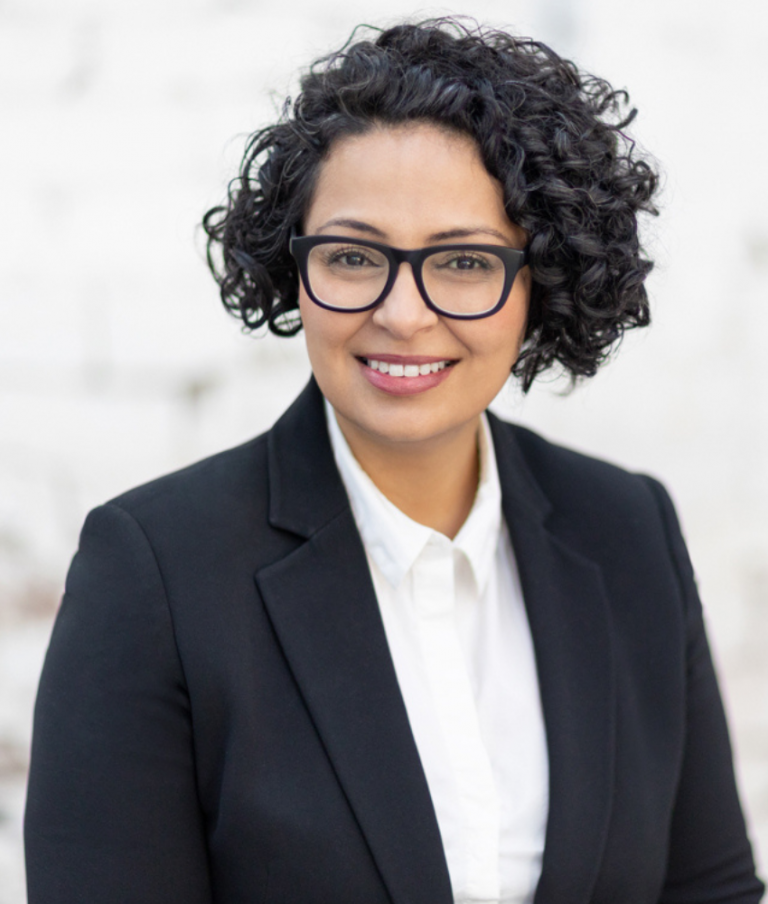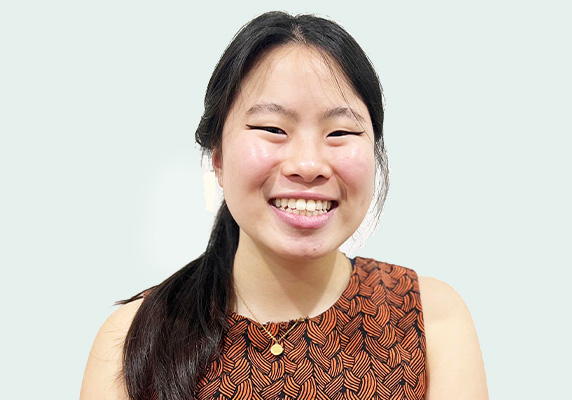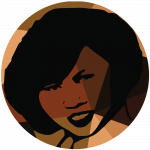‘Harmony Week’ has a lovely ring to it, but the harmonies sound at a register so many of us cannot hear.
We cannot hear them from outside of the board rooms whose ceilings are made of glass. We cannot hear them over the cries of crumbling families mourning the loss of their sisters, mothers, aunts, nieces and grandmothers in First Nations communities.
‘Harmony’ is a word which masks the disharmony of racial discrimination.
In Australia, Harmony Day consists of celebrating the beautiful tapestry of multicultural Australia with food, as if culture can be flattened to consumption; and the colour orange, chosen to signify meaningful conversations not had. ‘Harmony’ is a word which masks the disharmony of racial discrimination. ‘Harmony’ demands that everyone agree – ending conversations, rather than starting them.
Harmony Week, introduced in 1998 under the Howard government, was never meant as a corollary to the UN International Day for the Elimination of All Forms of Racial Discrimination, yet it functions as its replacement. The Department of Immigration commissioned research into the workings of an anti-racism campaign – the then-unironically titled ‘Eureka Report,’ which feared that ‘anti-racism’ messaging would close off channels of listening rather than open them. So they settled on ‘Harmony Week.’
Harmony has never been a reality for many people of colour and others marginalised as a result of how operational race is in this country. It is an unimaginable insult to sing ‘harmony’ to Aboriginal and Torres Strait Islander women who are murdered at 8 times the rate of non-Indigenous women.
The experiences encountered by women of and not of colour in this country are far from harmonious. As noted by Professor Chelsea Watego of Queensland University of Technology, “…While they are trying to get women on boards, we are trying to keep women out of jail…while they speak of superannuation, we talk about a life expectancy that falls short of retirement age; they speak of sex discrimination, while our calls to attend to race discrimination fall on deaf ears.”
For Australians burdened by intersectional difference, race can mean the difference between life and death. To say otherwise is to dishonour the life of Naomi Williams, a 22-week pregnant Wiradjuri woman who was denied services 20 times by the same hospital over 7 months before dying of septicaemia in 2016.
‘Harmony’ is the flimsy bandage used to plaster over everyday indignities experienced by racial minorities in their workplaces. 60% of women of colour experience discrimination in the workplace according to the 2021 workplace survey by Women of Colour Australia.
Australia is ‘out of harmony’ with the rest of the world
We are the only country out of 182 parties to the UN Convention on the Elimination of all Forms of Racial Discrimination to not have a treaty with its First Nations people within the Commonwealth. It is not a coincidence that our past and our present keep colliding.
The White Australia Policy in 1973 did not end of its own accord; it simply became irreconcilable with the international community’s post-war humanitarian ideals. But how far have we come from ending the White Australia Policy not only in law but in practice?
Distinguished Professor Aileen Moreton-Robinson of Queensland University of Technology says that we have failed to interrogate whiteness, by not naming it as different. Whiteness is a standard by which ‘difference’ is measured, centred and normalised. Whiteness is considered the norm. Terms such as ‘culturally diverse’ reinforce whiteness as the norm to which we are all ‘diverse’ from. As long as whiteness remains invisible, Moreton-Robinson says it remains an omnipresent force in which any analysis of race becomes a prison reserved for those deemed ‘other.’
Then as now, Australia has no excuse to continue masking and silencing the disharmony created by racial discrimination. Racism is perceived as “an American issue”, but if that were true, how do we explain higher incarceration rates among First Nations Australians than African Americans as Tony McAvoy, Australia’s first Indigenous senior counsel, noted? If racism is American, how do we explain First Nations women being murdered at an equivalent or higher rate than Native American women, that 100% of children in detention in the Northern Territory are Indigenous according to the families department, or that more than 95% of north Queensland children ‘blacklisted’ by police are Indigenous?
It explains how we preach solidarity with George Floyd and practice silence over David Dungay Jr.
A change of tune
Declaring ‘harmony’ before facing the disharmony of race discrimination hides the truth that the health, physical, social, emotional well-being, and self-actuation of Australians racialised as ‘other’ has fallen by the wayside. Imagine an Australia that does not turn away from hard conversations and difficult transformations. Maybe that is an Australia that would actually ‘close the gap’ of improved realities for First Nations peoples and see them returned to their dignified position as Sovereign people and ultimate knowledge holders with agency, in turn freeing all Australians to live, thrive, and enjoy life without racism.
It is time to put down the bells of harmony and raise the alarm of racism. We owe this to minoritised Australians who hear this alarm every day of their lives.
MEET THE AUTHORS

sarah ibrahim
Sarah Ibrahim is the founder and principal of Central Lawyers Pty Ltd. Sarah holds a BA. Eco and LLB Laws and has over 15 years of experience resolving legal issues for clients, through advice and litigation. Central Lawyers’ focus is commercial law for all small to medium businesses. Sarah has held many senior roles, including at the executive level, as In-House Counsel and further as the head of a commercial litigation team, advising and assisting small to medium size businesses resolve their legal issues and strategising commercial outcomes. Sarah is a sessional academic teaching contract law and is committed to supporting the Racial Justice Centre as a Board Director.

OLIVIA LAM
Olivia Lam is a third-year LLB student (Law/Arts), Dalyell Scholar at the University of Sydney, Paralegal at Central Lawyers and volunteer at the Racial Justice Centre.


